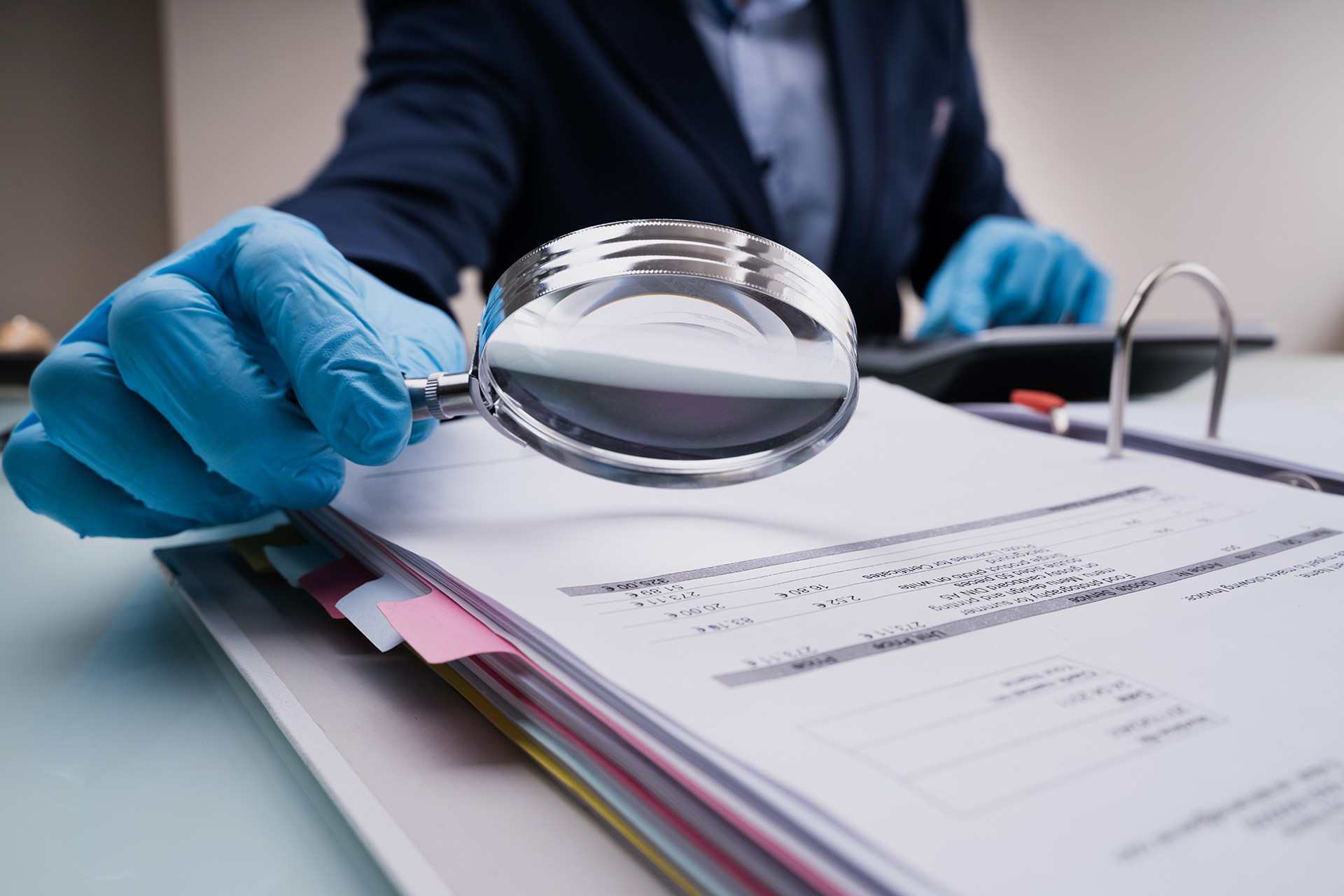Applying controls to prevent and early detect fraud helps organizations reduce costs and increase revenues (Getty)
In the world of business wrongdoing, fraud has long been viewed as an unambiguous negative, but a new perspective is emerging that explores the potential benefits hidden within the dark corners of fraudulent activity once it is brought to light.
The idea of “good” fraud suggests that although the initial impact may be negative, companies can turn bad fraud into good opportunities for improvement and financial gain, according to a report in the American Forbes magazine.
Bad fraud detection...a classic example
Accounting fraud, a classic manifestation of bad fraud, involves officials exploiting company resources for personal gain.
Examples range from charging for family vacations as a business expense to overstating assets and understating liabilities. These actions cause a significant loss to the company's financial strength.
However, a strange phenomenon emerges in the fraud landscape: the concept of “good” fraud, as Forbes describes it.
For example, kickbacks prevalent in industries such as construction and real estate can create short-term pain and ethical dilemmas. However, when discovered they become a way to enhance long-term profitability. How is that?
By implementing controls to prevent and timely detect these types of frauds, organizations can reduce costs and turn a seemingly negative scenario into a long-term gain, the report says.
Finding value in fraud...a delicate balancing act
Fraud is not something that is desirable for organizations, but when it occurs, it creates opportunities worth exploring.
The Association of Certified Fraud Examiners (ACFE), the largest international organization specializing in this field, estimates that organizations lose approximately 5% of their annual revenue on average due to fraud.
This means that proactively addressing and mitigating fraud-related risks can translate into tangible financial gains for organizations.
The Association of Certified Fraud Examiners estimates that organizations lose approximately 5% of their annual revenue due to fraud (Al Jazeera)
Strategies for identifying “good” fraud
The Forbes report reviews some strategies for identifying “good” fraud in organizations, as follows:
Do not rely on your auditor
: Organizations are advised not to rely solely on auditors as there is a significant gap in expectations between what companies expect and what auditors currently address in terms of non-compliance and misconduct.
Look for red flags
: Identifying fraud requires a keen eye for red flags. Data-based indicators, such as unusual discounts or ambiguous language on invoices, can indicate potential fraud. However, red flags should be treated as allegations, and investigated thoroughly.
Focus on high-risk areas
: Nearly half of reported fraud cases occur in operations, accounting, sales, and executive management, and industries such as real estate, wholesale, transportation, and construction are particularly vulnerable to fraud. Identifying red flags in these areas early is crucial.
Host a “Perfect Crime” Dinner
: This means real-time training through activities such as a “Perfect Crime” dinner to reinforce a culture of compliance and ethics. These creative exercises encourage participants to think like would-be scammers, and identify weaknesses in the process.
The bottom line is that although “good” fraud is not an ideal scenario, organizations can extract value from adversity by identifying and addressing these instances immediately.
By doing so, organizations not only mitigate significant risks, but also pave the way for surplus cost savings and a more robust risk management framework.
Source: Forbes

